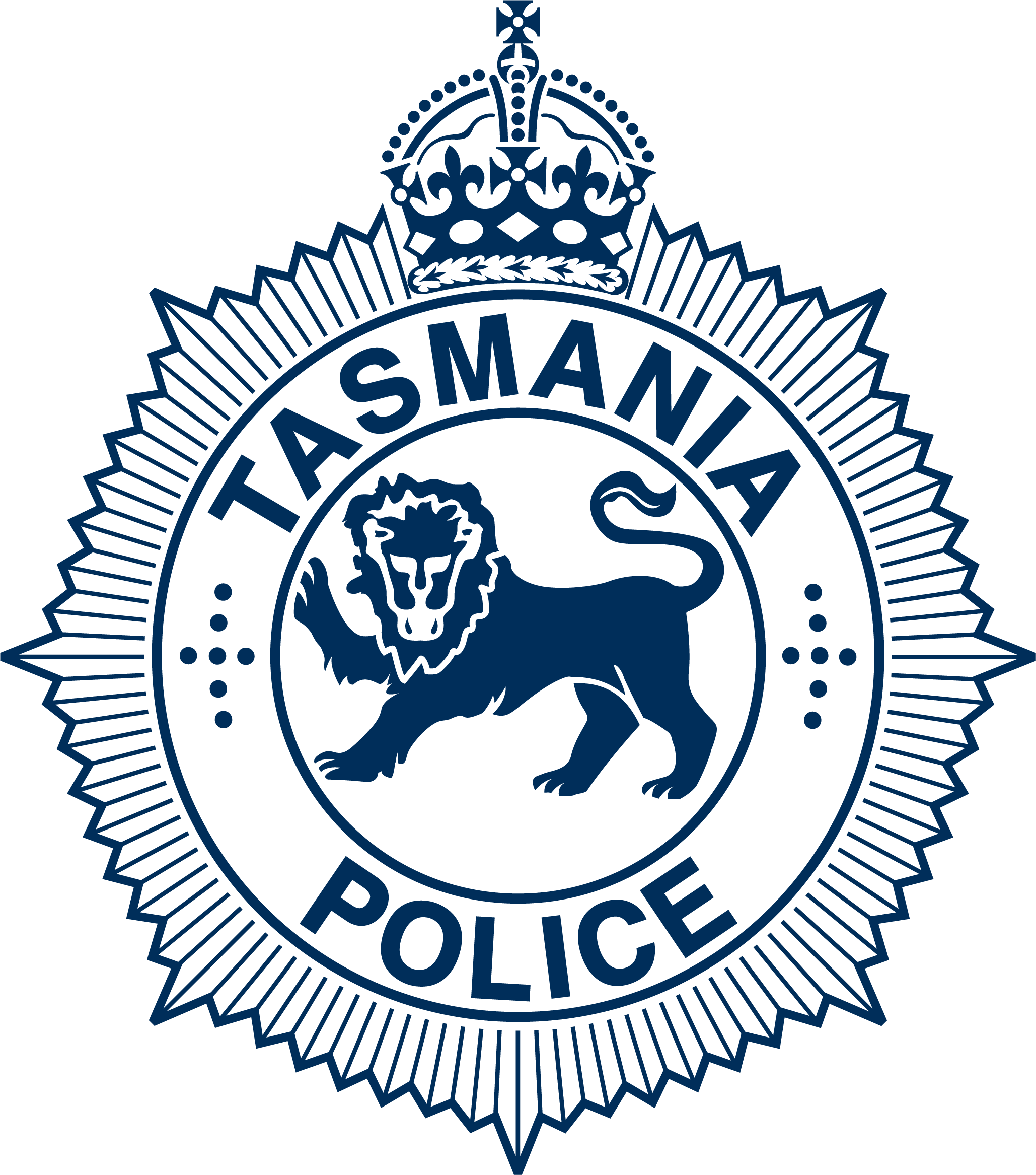Tasmania Police statement 2 – Susan Neill-Fraser Case
Response to claims regarding conviction of Susan Neill-Fraser
On behalf of Tasmania Police I would like to express disappointment in the biased reporting of the 60 Minutes program relating to the conviction of Susan Neill – Fraser for the Murder of Robert Chappell.
There were inaccuracies in the story regarding the evidence presented at the trial, and the report failed to mention any of the evidence that points to the guilt of Neill-Fraser.
It’s important to point out that Neill-Fraser was found guilty by a Supreme Court jury, her appeal was dismissed and a Coroner’s investigation, which reviewed all the available evidence, supported the findings of the criminal proceedings.
It is not possible to summarise many weeks of evidence in a few words but the Court of Criminal appeal did. We would invite anyone with any misgivings to read that report.
Tasmania Police has no concerns about the soundness of the Supreme Court judgement in this matter, the investigation, or the evidence tendered to the court.
We understand the position of Susan Neill-Fraser’s family in the defence of their mother during what is a difficult time for them.
However, we stand by the integrity and thoroughness of the investigation, and the efforts of the investigation team including the forensics experts, and the prosecution of the case by the office of the DPP.
It is disappointing that 60 Minutes did not seek comment from Tasmania Police to add balance to this story.
- It has been claimed that a fundamental flaw in the case is that a screening test was used to identify blood in the yacht’s dinghy. This is simply not true.
- At no time in the trial did the forensic scientist state that blood was found in the dinghy.
- It was explained to the jury that screening tests used on the dinghy were not specific for blood, and can react with other substances.
- The forensic scientist who examined the dinghy told the court that on further examination in the laboratory no red/brown staining, typical of blood, was found in the dinghy.
- DNA material found on the Four Winds that matched a teenage girl could have been deposited on the boat as a result of primary or secondary transfer (neither can be ruled out). There is insufficient information available to determine exactly how or when this DNA material ended up on the boat.
- The itinerant man who has been recorded under various spellings of the surname Roe (Wroe, Roe and Rowe.) became known to police but was never a suspect. After the conviction, he was identified as someone who may have been in the area on that night. He was interviewed and volunteered his DNA. His DNA and fingerprints were checked against any outstanding forensic exhibits from the ‘Four Winds’ – with no match. This man informed police that he was leaving the state.
- Police made enquiries and established that there had been no reported break-ins of vessels in this area for the three months prior to Mr Chappell’s disappearance.
- It was inferred in the 60 Minutes story that Neill-Fraser left the yacht about 2pm. However Neill-Fraser has already agreed she would have been on the yacht a lot later than 2pm, as a witness assisted her to put her dinghy in the water at about 2pm and she was then seen heading out to the yacht.
EVIDENCE POINTING TO NEILL – FRASER
- There is clear evidence from a key witness that Neill–Fraser previously sought to have Mr Chappell murdered in a similar way.
- There is evidence from two witnesses that Neill-Fraser told them her relationship with Bob Chappell had been over for some time.
- Neill –Fraser initially said she was home all evening, but later admitted she returned to the area of the dinghy late that night after her car was found on CCTV.
- A witness saw a female, during the night, travel in an inflatable dinghy from the area where the accused dinghy had been tied towards the yacht. This was also at a time when Neill-Fraser ultimately admitted being in the area.
- A red jacket located near the scene returned a high grade match to Neill-Fraser’s DNA. Neill–Fraser initially denied the jacket was hers but later changed her story.
- Neill–Fraser had no apparent hand injury at lunch time on Australia Day but obviously had some injury the following day when speaking to police at the scene.
- Neill Fraser admitted she was arguing with Bob Chappell on the morning of Australia Day.
- Attempts by Neill-Fraser to infer that the boat had been broken into whilst in Queensland which she knew not to be correct.
It should also be remembered that many witnesses give varying accounts of descriptions and what they have seen. In regard to possible sightings of the yacht or other dinghies it should be remembered that some of the witnesses were several hundred metres away from the location of the ‘Four Winds’.
Inspector Peter Powell
Chief investigator on the Bob Chappell murder



